Some Background First:
I am building a new quadcopter and a couple of new fixed wing models that use the F4 flight controller and iNAV software. I use the FrSky Taranis XD9+ transmitter and have purchased a few XSR-E receivers (or XSR-M, the FrSky equivalent) to use on the new builds. The XSR-E offers full range diversity, implements both SBUS and CPPM, and transmits telemetry back to the Taranis using the SmartPort protocol developed by FrSky. The Taranis has the capability to display the telemetry values and also give audible and verbal alerts and warnings depending upon the values of the telemetered parameters (usually RSSI and battery voltage). This is very handy for line of sight (LOS) flying since I don't have to look down at the display while flying.
I am equipping the fixed wing aircraft with an Omnibus F4 V2 Pro flight controller board, and will add GPS capability. This will consume all of the available hardware ports on the flight controller:
UART1 -- SBUS from the XSR-E
UART3 -- GPS magnetometer, using I2C protocol
UART6 -- GPS
The Omnibus F4 offers a SoftSerial port under software control that can be used for SmartPort telemetry. In order to use the soft serial port you must connect the SmartPort signal from the receiver to the CH5 pin in the figure below, and then connect a 1kΩ resistor between the CH5 and CH6 pins. It requires a fine tip on your soldering iron, steady hands and keen eyesight.
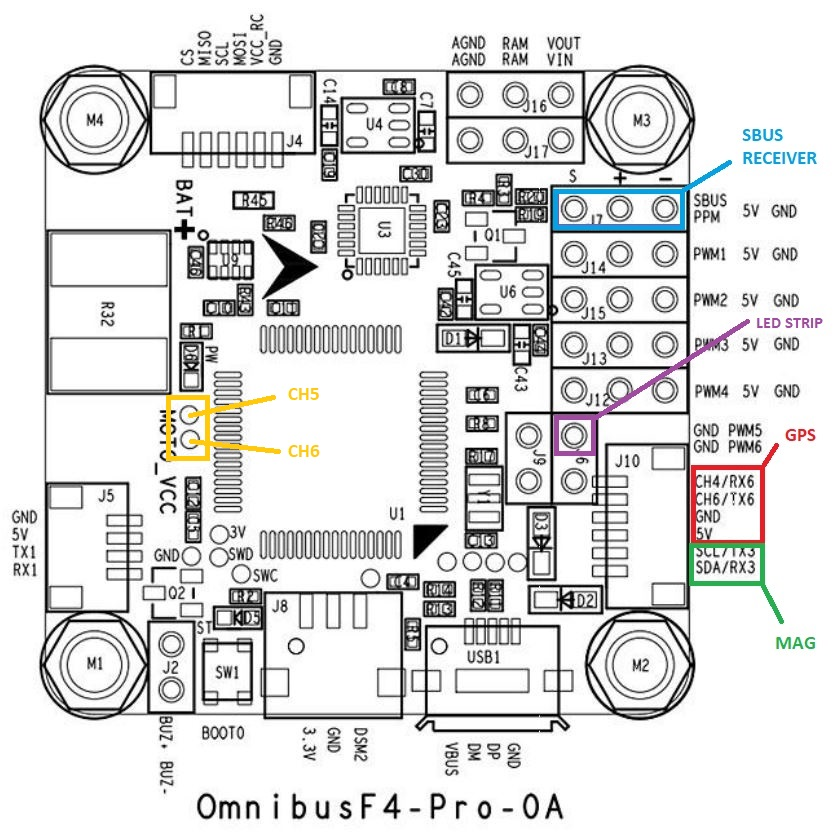
You can find the documentation for this here, but all you need is this:

I followed this procedure and got it working on the Omnibus F4 V2 Pro board.
Implementing telemetry with a DYS F4 Pro Flight Controller:
I'm using the DYS F4 flight controller on my new quadcopter. This quad is really space limited (and I fell for the supposed magic provided by an all-in-one(AIO) 4X 30A ESC(Electronic Speed Controller)). The DYS F4 doesn't appear to have a soft serial connection -- at least I can't find one. But I still want telemetry if I decide to fly LOS so I must make my own SmartPort interface for the DYS F4.
I found a simple circuit from this website, but did not like the idea of sky-wiring 5 components or the size of the solution. So I decided to just convert the circuit to surface mount components and make it as small as possible. Here's the circuit (claimed to work by said website) that I implemented in Diptrace:
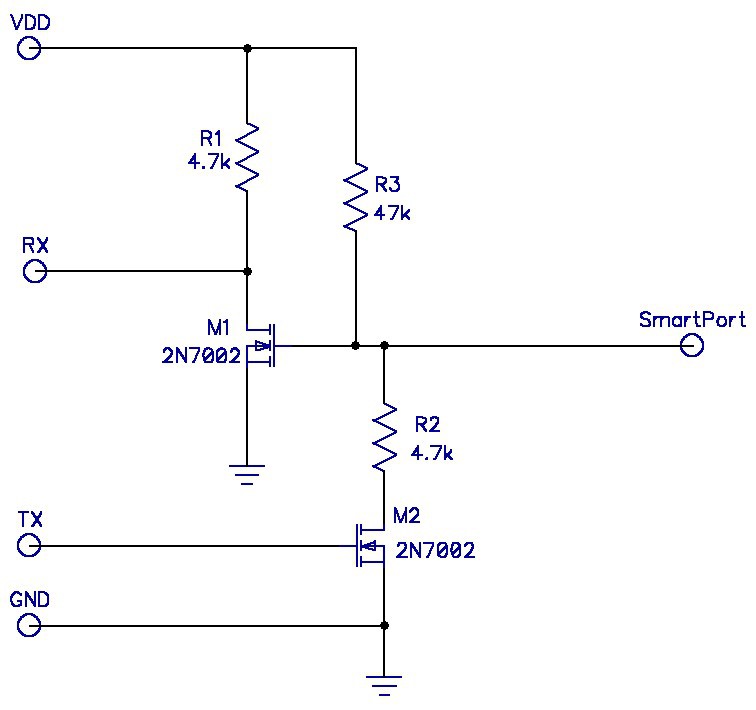
I then created a PCB...
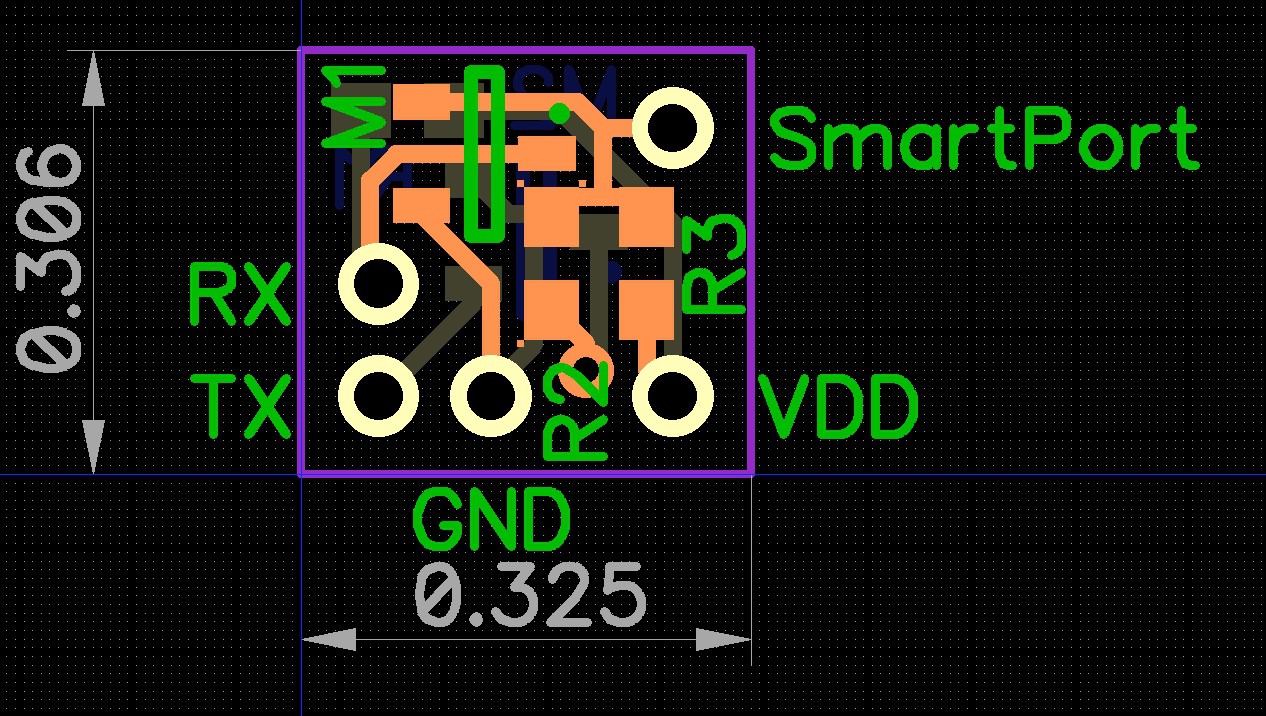
And had it fabricated by OSH Park:
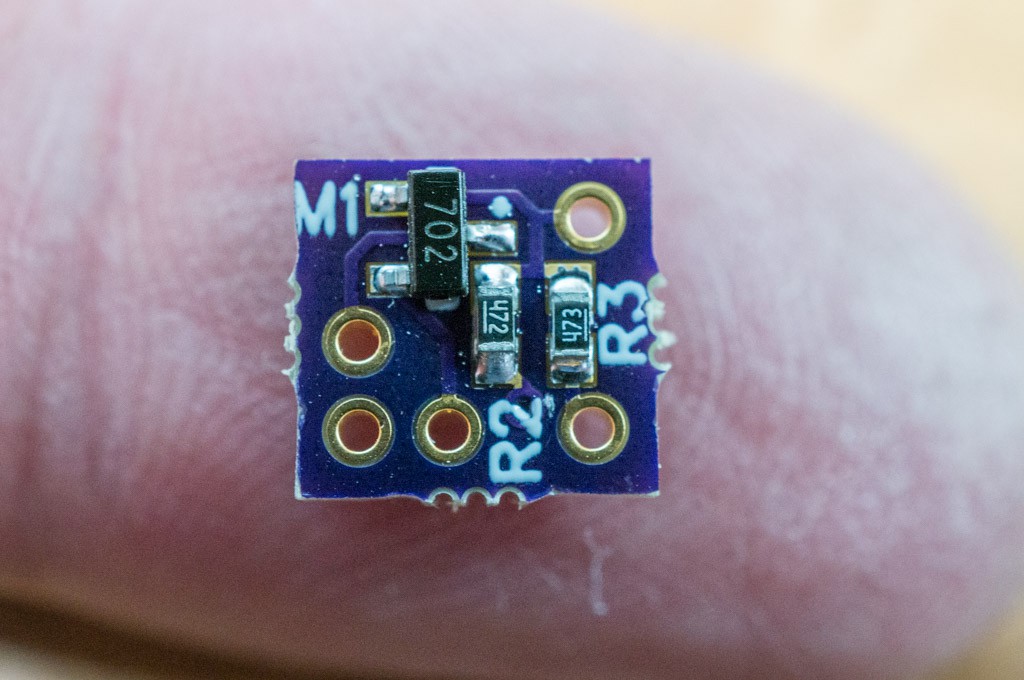
I assembled the components to the PCB. There are 2 components on the back side to save space.
 Bud Bennett
Bud Bennett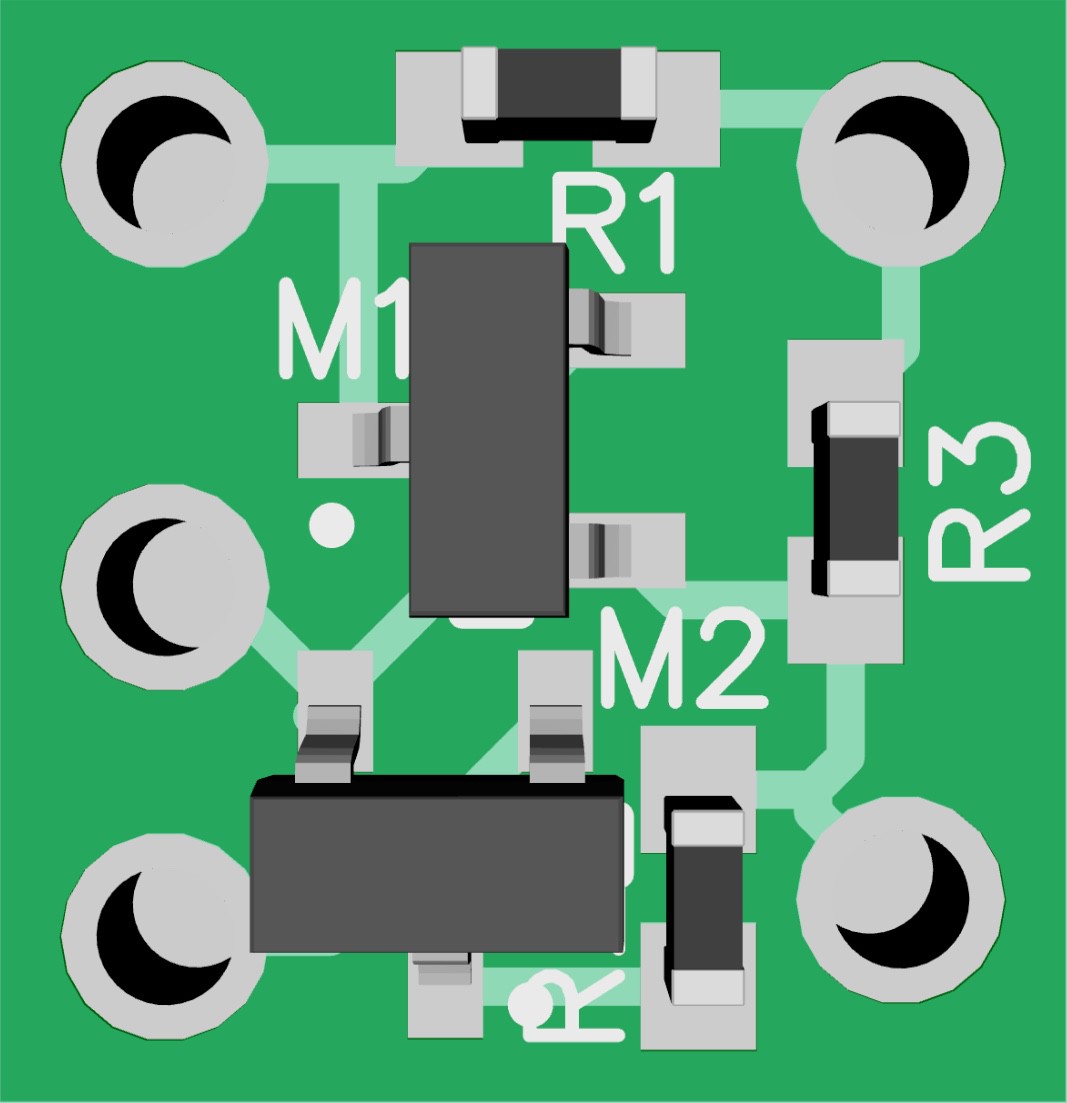

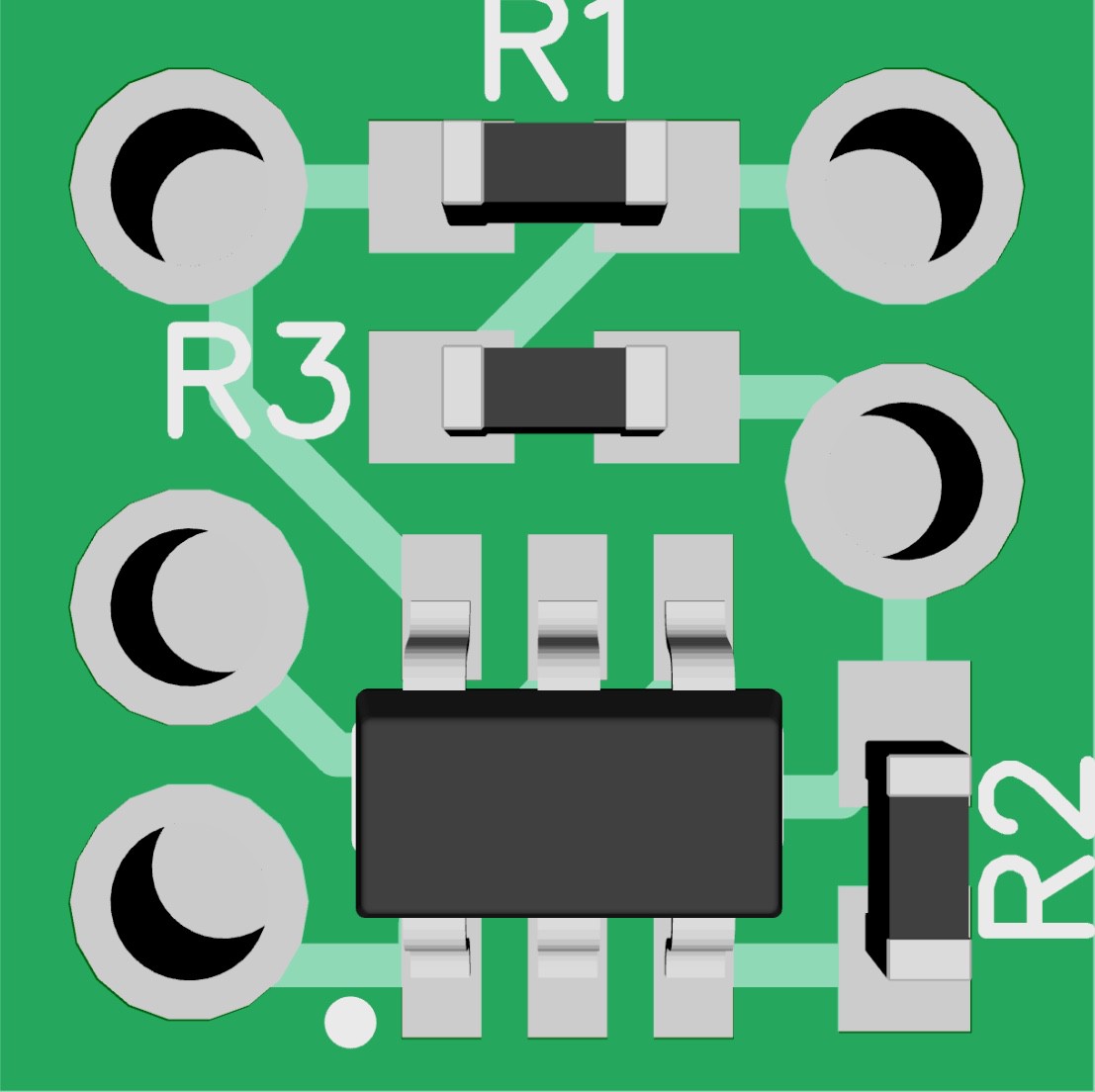


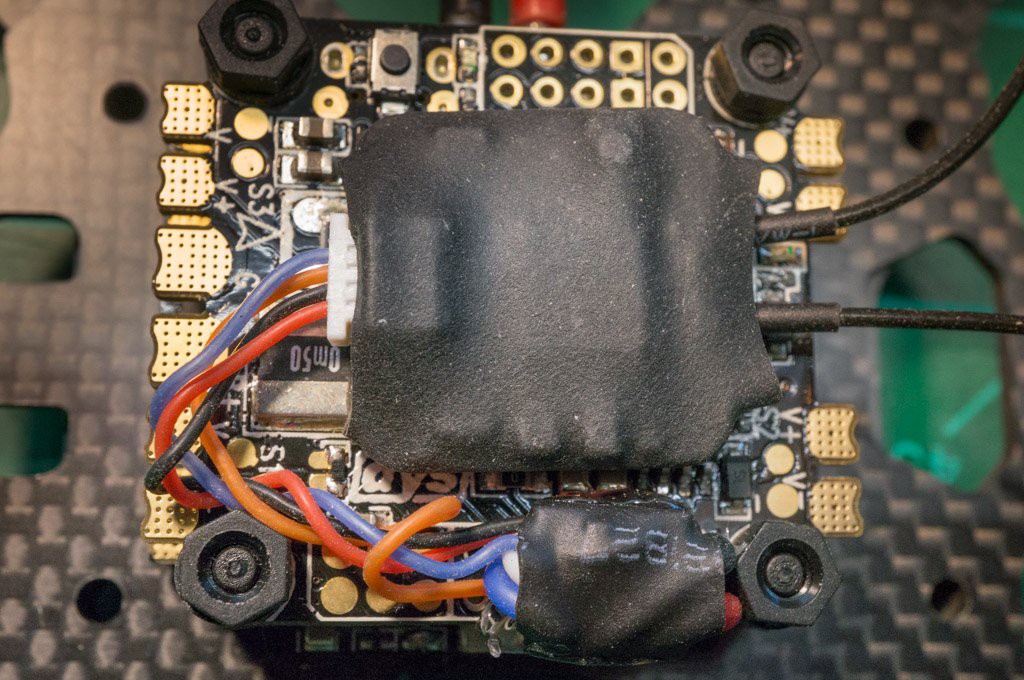


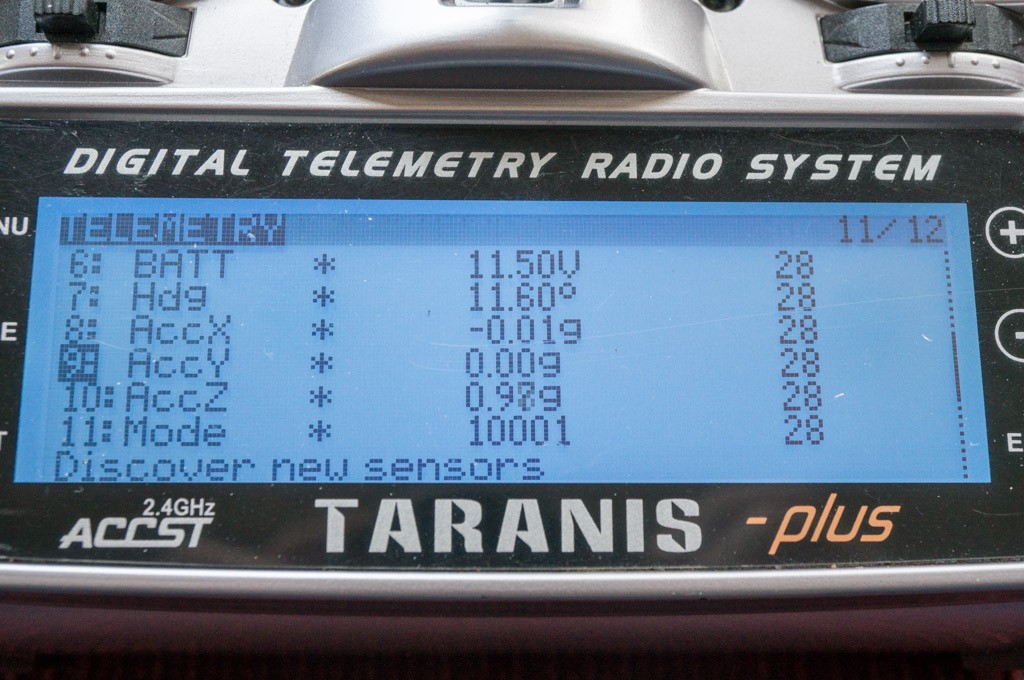
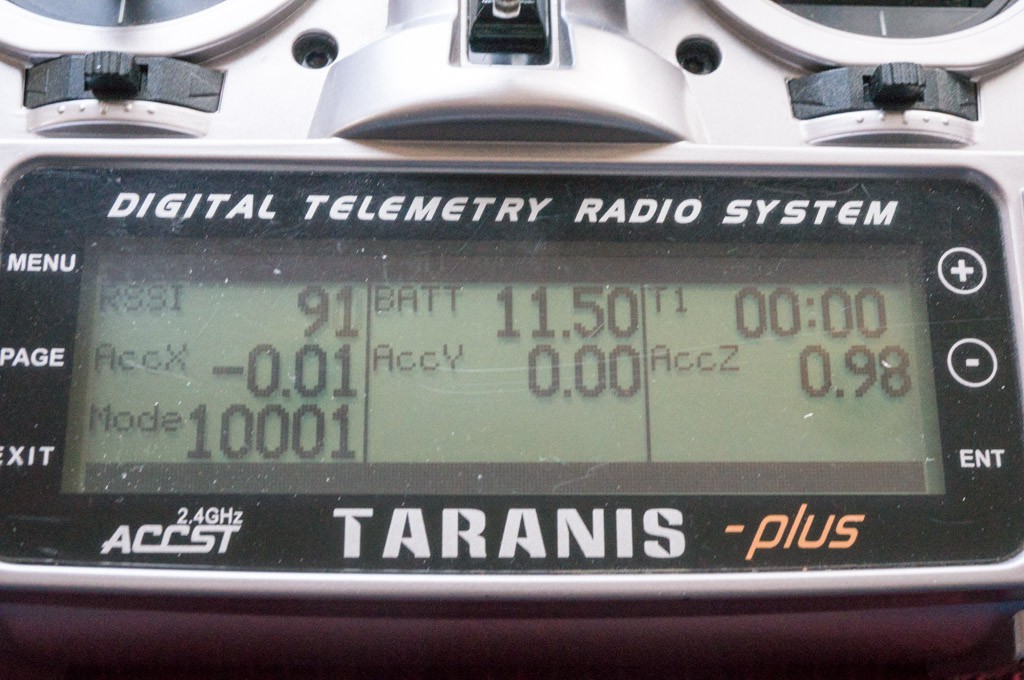





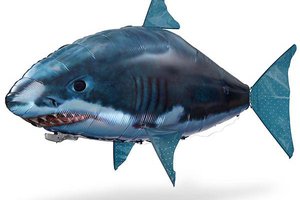
 Jeroen
Jeroen
 Joel Kozikowski
Joel Kozikowski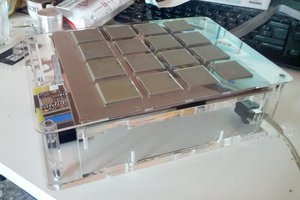
 Michele Perla
Michele Perla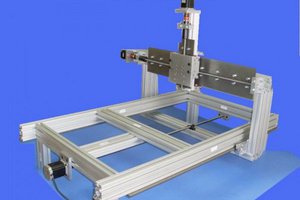
 Rhys
Rhys
I just ordered enough stuff to make 10, but ordered 60 boards. If I can't screw up 10 of them, I will have enough with the remaining 50 boards to keep myself in inverters for the rest of my life, and probably my friends too.
Thanks for this project!